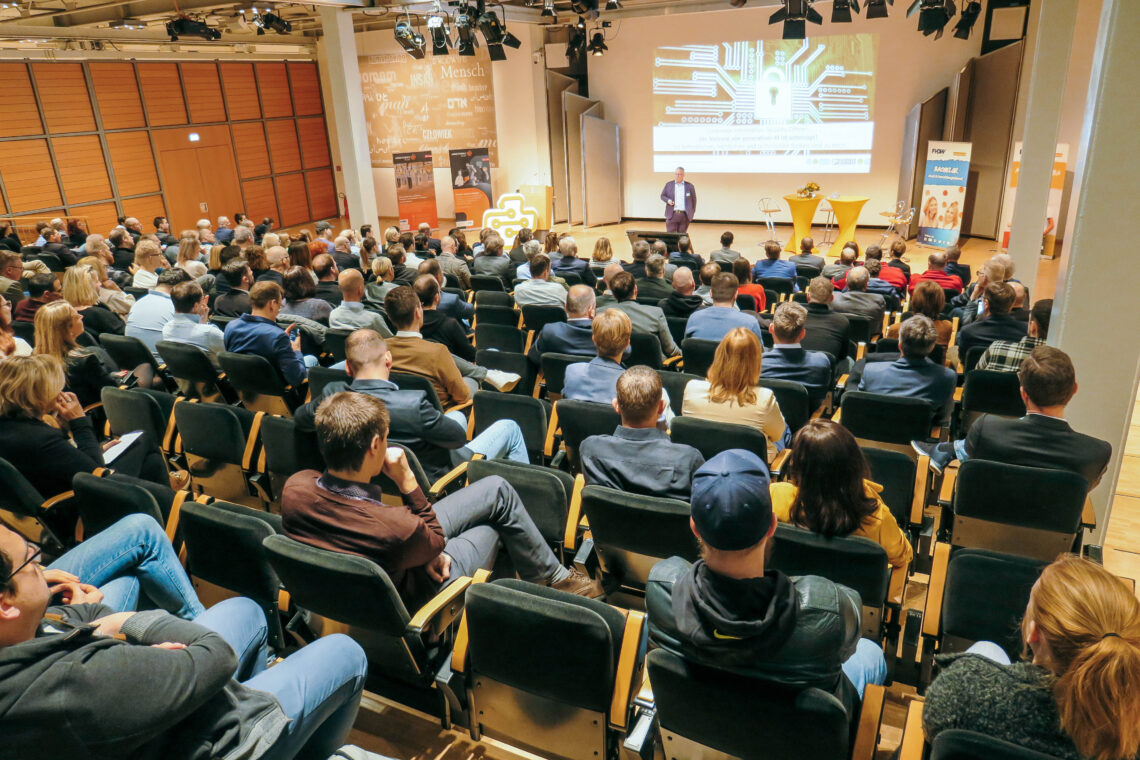
Intelligent self-diagnosis for tumble dryers: How Miele wants to use AI to predict the clogging of lint filters
Clogging of the lint filter in the tumble dryer can lead to longer drying times, increased energy consumption and even damage to the dryer: To prevent this, Miele, manufacturer of domestic and commercial appliances, is working on a data-based model to predict clogging and AI-driven fault diagnosis in the it’s OWL project ‘AI4ScaDa’. In addition to the use case at Miele, specific AI solutions for small data applications, particularly for scarce data, are being developed in use cases at GEA Westfalia Separator Group and Saaten-Union Biotec.
Miele & Cie. KG is a German family-owned company and the world’s leading supplier of premium domestic electrical appliances for the kitchen, laundry and floor care sectors. The company also produces and markets washing machines, dryers and dishwashers for commercial use as well as appliances for reprocessing medical instruments and laboratory equipment. In addition to technology and quality leadership in its field, Miele & Cie. KG is characterized by outstanding customer service, which is constantly facing new challenges due to the increasing complexity and number of variants of appliances produced.
Why Miele develops appliances with self-diagnostics
To support customer service, improve the user experience and ensure long-term competitiveness, intelligent, data-driven appliances with the ability to perform predictive self-diagnosis are being developed in the ‘Smart Home’ area, among others. In the ‘AI4ScaDa’ project, Miele is researching how AI-driven fault diagnosis can succeed using tumble dryers as an example. The project team has access to various data sources from endurance tests and end customer households. In order to manufacture high-quality, durable products, the household appliances are tested in the company’s endurance test laboratories. Long-term use of 20 years and longer is simulated by a defined number of operating hours, washing cycles, etc., which are stored in the form of time series (sensor data) and test reports. On the other hand, there are mainly event-based time series and error reports from test and end customer households, which provide information about the actual use of the appliances.

What should AI achieve in the self-diagnosis of household appliances?
The project focuses on a specific type of fault that occurs when using tumble dryers: clogging of the lint filters by textile fibers that accumulate during the drying process. On the one hand, supervised learning methods will be used to estimate a data-based model for predicting clogging, which can be used to test model-based self-diagnosis in household appliances. These models promise not only to improve household appliances, but also to use energy more sustainably. Secondly, unsupervised learning methods will be used to generate a comparative model that can be used to evaluate how the endurance tests can reflect real-life use by customers in the future. To date, the endurance test laboratories have mainly been used for mechanical load tests. Miele also provides additional time series from end-of-line tests of motors, which, together with the data from the tumble dryers, will be used to generate a generalized concept for learning on time series (blueprint).
What are the challenges at Miele?
Although a lot of data is generated in the endurance tests and customer households, this data is either of low variance or low quality. The data from the endurance tests are collected under strictly controlled conditions and therefore have a high data quality. However, because the same or similar drying programs are always carried out in the endurance tests, the data has a low variance. This contrasts with the data from customer households, which show a high variance but are not collected under controlled conditions. Many external factors that influence the data cannot be recorded. In addition, it is not always possible to clearly identify faults at the end customer. As a result, data from end customer households has a high level of uncertainty and therefore lower data quality. Another challenge lies in merging the two different data sources, as both data sources a) are sampled differently and b) sometimes represent different information. In addition, errors in the data occur comparatively rarely and the transition from a clean to a clogged lint filter is not clearly defined.
Briefly explained: The it’s OWL project ‘AI4ScaDa’
The it’s OWL innovation project ‘AI4ScaDa’ is researching special AI methods that can be used profitably in the context of scarce data. In contrast to big data, scarce data stands for little or incomplete but often precise data. However, the challenge lies in the fact that AI systems are heavily dependent on both the quality and quantity of the data. Where only very sparse data is available, a large number of AI processes can only compete with human expertise with difficulty. Current findings regarding AI and scarce data are being further developed, transferred and operationalized in the project for three use cases from the companies Saaten-Union Biotec GmbH, GEA and Miele & Cie. On the research side, the Center for Applied Data Sciences (CfADS) at HSBI and the Institute for Industrial Information Technology (inIT) at TH OWL are working on the project.








